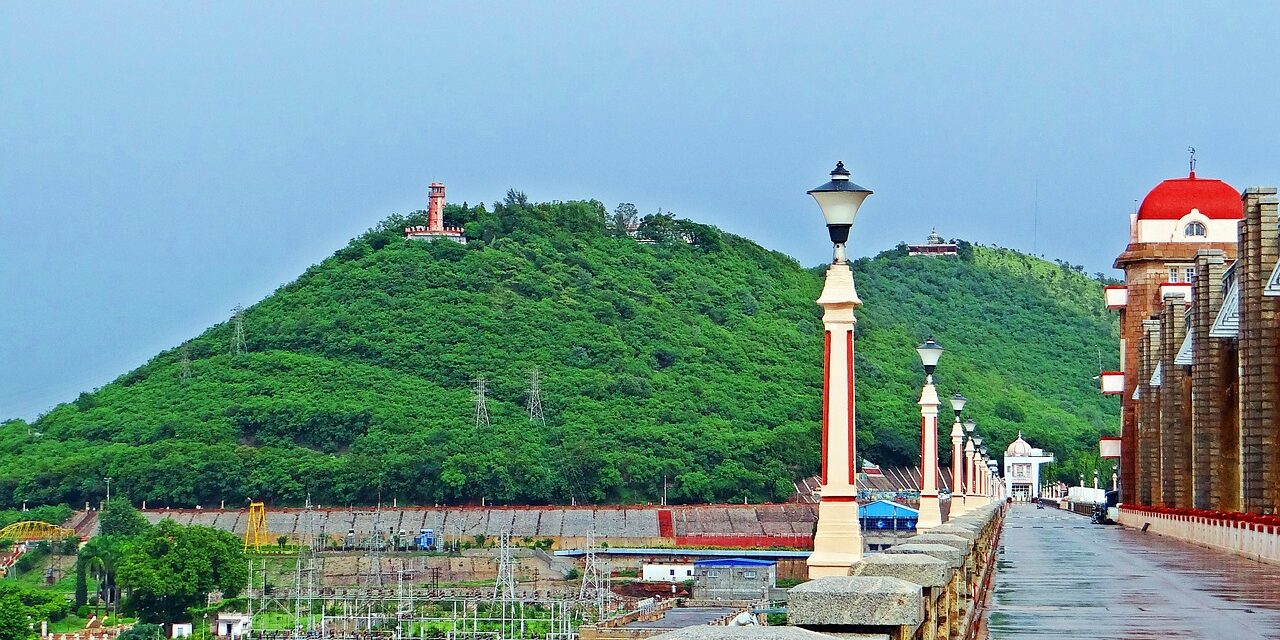Atmanirbhar Bharat, which means “self-reliant India,” is a Hindi term popularized by Prime Minister Narendra Modi and the Indian government in relation to the country’s economic growth during and after the COVID-19 pandemic. In this sense, the term refers to making India “a larger and more important part of the global economy,” as well as pursuing policies that are effective, competitive, and resilient, as well as being self-sustaining and self-generating. In this sense, the term refers to making India “a larger and more important part of the global economy,” as well as pursuing policies that are effective, competitive, and resilient, as well as being self-sustaining and self-generating. Modi has used the term in relation to national security, poverty, and digital India since 2014. The ‘Atmanirbhar Bharat Abhiyan,’ or ‘Self-Reliant India Mission,’ was the first common mention of this during the announcement of India’s COVID–19 pandemic-related economic package.
The aim is to make the country and its people self-sufficient in every way. He went on to say that Aatma Nirbhar Bharat is built on five pillars: economy, infrastructure, system, vibrant demography, and demand. Under the Aatmanirbhar Bharat Abhiyaan, the Finance Minister also announced government reforms and enablers in seven sectors.
The government implemented a number of ambitious reforms, including agricultural supply chain reforms, rational tax systems, simple and clear laws, capable human resources, and a strong financial system. At a time when the world is facing a deadly pandemic, India intends to transform the situation into an opportunity and improve its battle by becoming Aatmanirbhar, or self-sufficient.
The Five Pillars Of Prime Minister Modi’s Plan To Make India Self-Sufficient
- Economy: We need an economy that makes a quantum leap rather than gradual changes.
- Infrastructure: We need infrastructure that can serve as modern India’s identity.
- Method: A system that deviates from previous century norms. It should be technologically advanced and capable of fulfilling our 21st-century dreams.
- Our power, our source of energy for our dream of making India self-sufficient, is vibrant democracy.
- Demand: The demand-supply chain is our power, and we should make the most of it.
The economic package announced by the Prime Minister, as well as other packages released during the lockdown period, totals about US$ 283.73 billion, or around 10% of India’s GDP. It is expected to provide support and strength to different parts of the world, as well as a new impetus to the country’s growth journey in 2020. Land, Labour, Liquidity, and Laws have all been highlighted in this package to demonstrate India’s determination to be self-sufficient.
Self-sufficiency in India does not imply turning inwards or being an isolationist country, but rather embracing the world by being stronger.
Dr. S. Jaishankar, India’s External Affairs Minister, explained that the call for self-reliance does not mean closing doors to globalisation, but rather growing with the world, as a self-reliant India would have more to offer the world.
The pandemic has prompted a rethinking of what it means to be self-sufficient in our daily activities. This reasoning is followed by nations in their assertions of self-sufficiency. The consequences of these statements of self-reliance in the sense of the nation are discussed in this paper by situating this argument within the tension between two separate self-formulations: as the nation’s self.
While there is a growing drive for self-reliance around the world these days, the concept of self-reliance has a long history. The independence movement’s relationship with self-rule is an expression of democratic self-reliance.
Solar energy is a rapidly growing industry in India. As of November 30, 2020, the country’s solar installed capacity was 36.9 GW.
The Indian government set a target of 20 gigawatts of power for 2022, which was met four years ahead of time. The goal was increased in 2015 to 100 GW of solar energy by 2022 (including 40 GW from rooftop solar), with a target investment of $100 billion. Nearly 42 solar parks have been developed in India to provide land to solar plant developers. Rooftop solar power generates 2.1 GW, with 70% of it being used for industrial or commercial purposes. India is developing off-grid solar power for local energy needs in addition to its large-scale grid-connected solar photovoltaic (PV) initiative.
Since ancient times, the Sun has been revered as a life-giver to our world. The Industrial Revolution taught us how to use sunlight as a source of energy. India has a tremendous amount of solar energy potential. India’s land area receives about 5,000 trillion kWh of energy per year, with most areas receiving 4-7 kWh per sq. m per day. Solar photovoltaic power can be effectively harnessed if certain conditions are met.
Solar energy also allows for distributed power generation and allows for rapid capacity expansion with short lead times. Rural electrification and meeting other energy needs for electricity, heating, and cooling in both rural and urban areas would benefit from off-grid decentralised and low-temperature applications. Solar is the most secure source of energy from an energy security standpoint.
However, the essence of self-reliance makes it difficult to comprehend economic self-reliance without considering other types of self-reliance, most notably, self-reliance of the ‘self’ and ‘intellect.’
Even for the narrow vision of self-reliance in manufacturing or other economic processes, it is essential to comprehend the variety of ideas present in self-reliance. There is a new philosophical challenge that we must face in the sense of national self-reliance, namely the use of the word self in the context of the country. During the last few years, solar energy has had a noticeable effect on the Indian energy landscape. Millions of people in Indian villages have benefited from solar energy-based decentralised and distributed applications that meet their cooking, lighting, and other energy needs in an environmentally friendly manner.
The social and economic benefits include a reduction in drudgery among rural women and girls who collect fuel wood over long distances and cook in smoky kitchens, a reduction in the risk of contracting lung and eye diseases, the creation of jobs at the village level, and, ultimately, an improvement in the standard of living and the creation of opportunities for economic activities at the village level. In addition, India’s solar energy sector has grown to become a major player in grid-connected power generation capacity over the years. It promotes the government’s agenda of long-term growth while also establishing itself as an important contributor to meeting the country’s energy needs and a key player in ensuring energy security.






